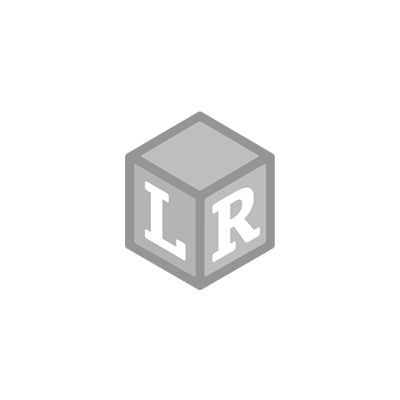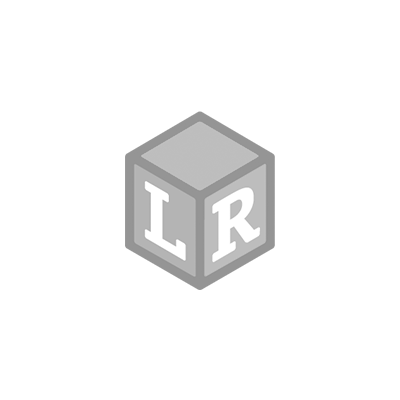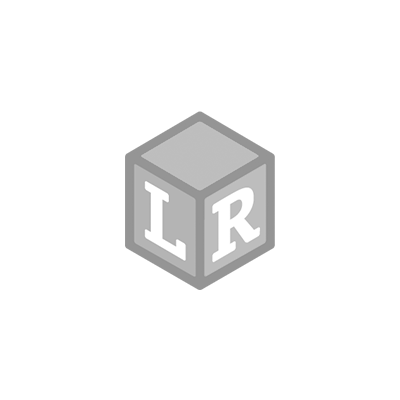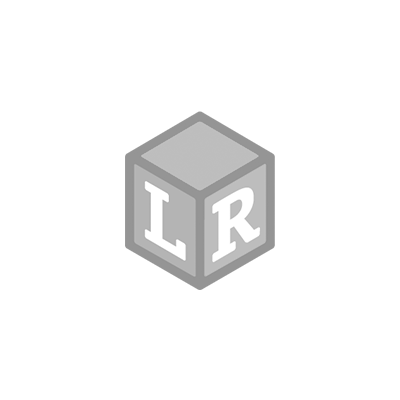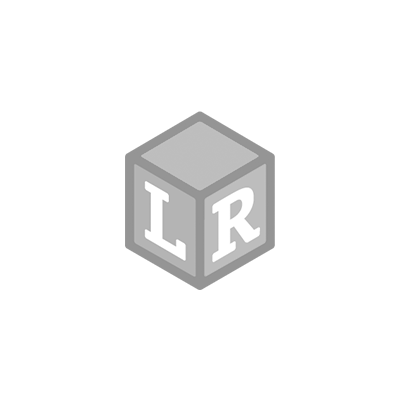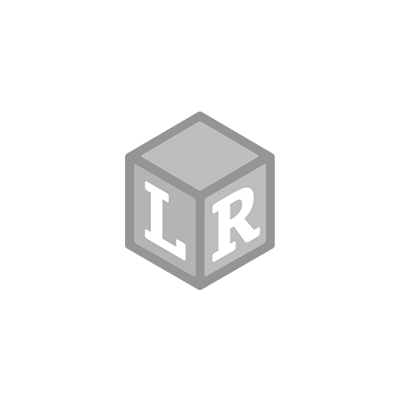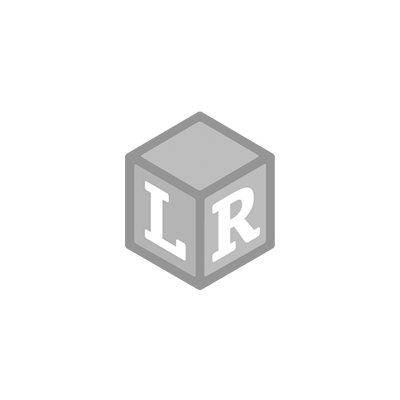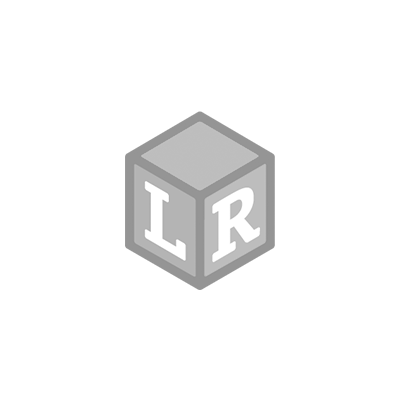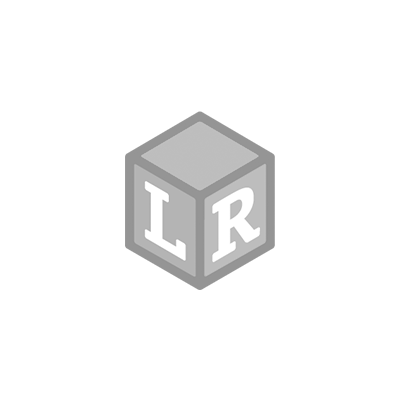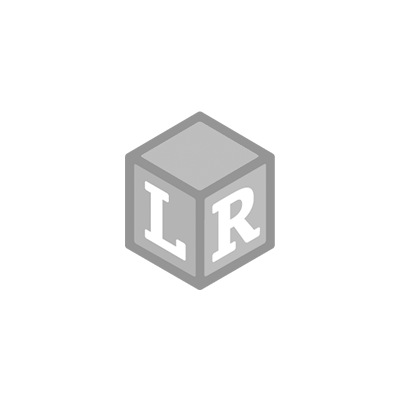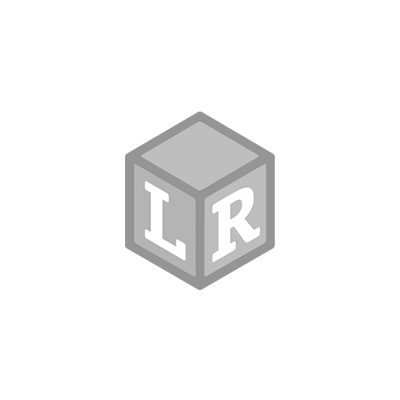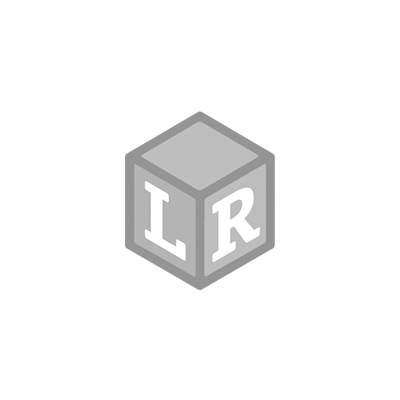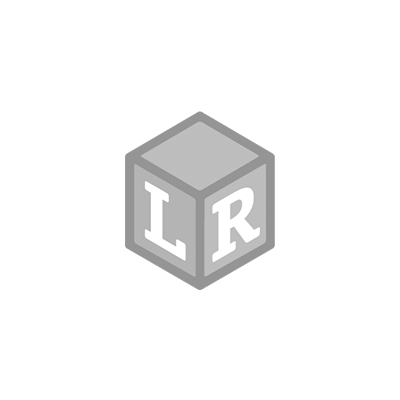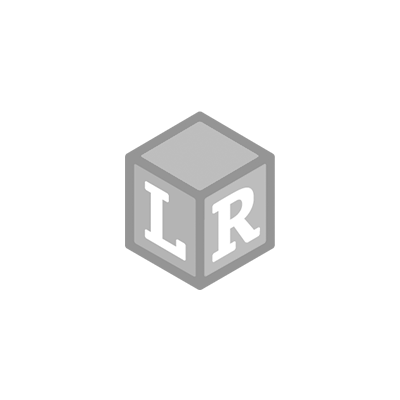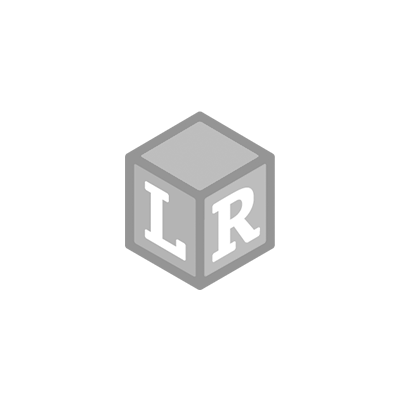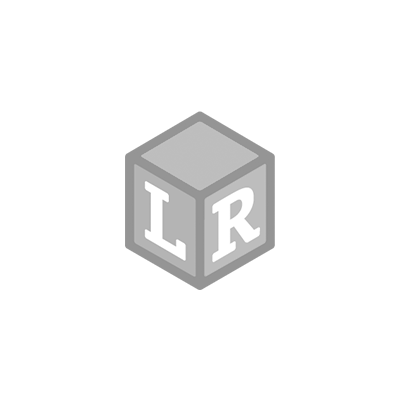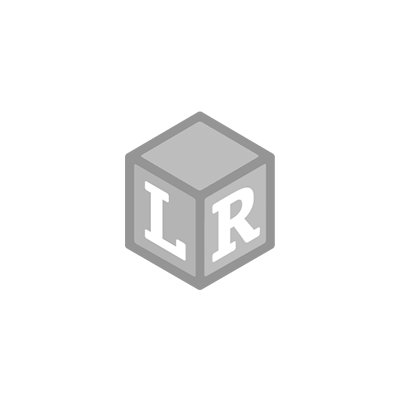
Hands-on Number Fun
- Gabrielle Fischer Posted On Jun 2, 2021 | Back to School
Making learning hands-on is essential when encouraging preschoolers to work on numeracy and literacy. It can also be beneficial to offer various materials to peak their interest and keep them engaged over longer periods of time.I set up this inviting number learning center with counting toys for my four year old, and she enjoyed the various methods of number learning which were on offer.
What you need:
- Learning Resources® Number and Counting Blocks
- Learning Resources Dice Poppers!
- Timber Child® Wooden Number Board
- Golden chickpeas
- Merka Educational Flashcards- Toddler Set

Let’s Get Set Up
The idea of this setup is to encourage plenty of hands-on early numeracy exploration. Don’t worry if you don’t have all of the materials; there are plenty of ways you can switch out materials and even simplify the setup. I added the number blocks, number flashcards, and golden chickpeas to a wooden tray and put them out alongside the Dice Popper! and the wooden number board. To make the golden chickpeas, I simply put a cup of dried chickpeas in a baggie, added a generous squirt of gold acrylic paint, squished it all together, and then spread them out to dry on some tin foil overnight. They make for perfect little counting manipulatives!


Exploring the Materials
As always, we started with plenty of time for my preschooler to explore the materials freely. After the obligatory 100 frantic pops of the dice just for fun, she enjoyed tracing the numbers on the wooden board and stacking the number blocks. Throughout her play, I was sure to use lots of vocabulary to encourage her to do the same.
Shall We Play a Game?
For this particular set up we decided to turn it into a game. My little one always enjoys dice games, so it seemed like the best way to enjoy the materials. We took turns to pop the dice. This was a good way to work on counting and addition as we had to add the two dice numbers together. Once she knew the total number, she found it on the board and said it out loud. Then she filled the spots on the board with the golden chickpeas, carefully counting each one in.


The next step was to find the corresponding number block and place it on the tray. This was another good opportunity to practice number vocabulary and recognition. The final stage was to identify the correct number flashcard and place it above the tray.


We continued to take turns popping the dice and finding the numbers on the board. We saw how quickly we could fill the board with numbers and golden chickpeas!

The materials on offer here lent themselves so well to hands-on numeracy work. There was also a huge opportunity for plenty of fine motor skill development. Placing the golden chickpeas required lots of control and also patience. What’s your favorite way to enjoy hands-on number play?

 Shop UK Site
Shop UK Site 

